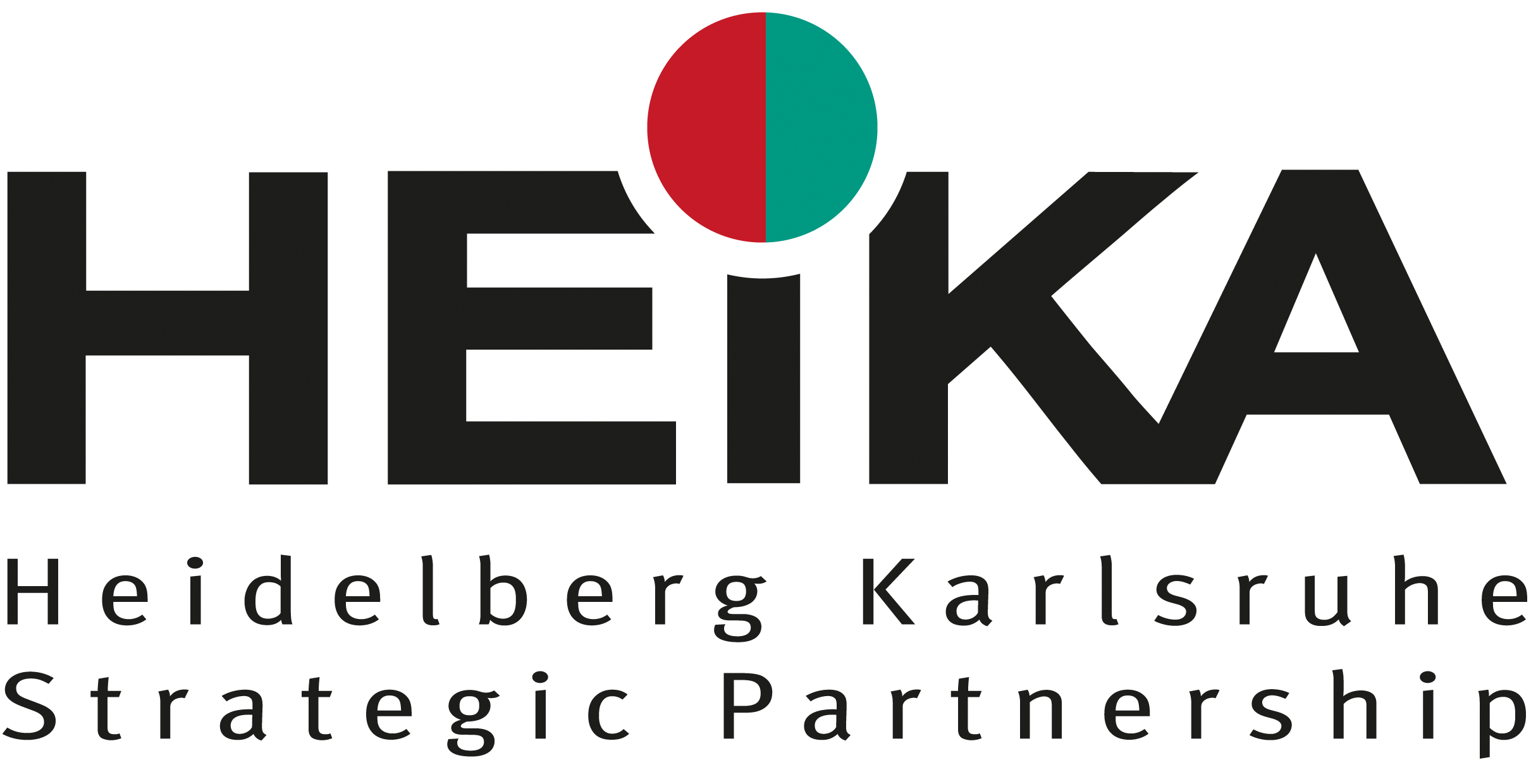Functional analysis of biological samples for diagnostic or research purposes often requires the isolation of small cell populations from heterogeneous mixtures. Traditionally, this is accomplished using either flow cytometry or microdissection/manipulation performed using microscopes. Flow cytometry-based cell sorters provide unmatched throughput, but the information output is limited when it comes to subcellular organization and cellular structures. This information can be collected using microscopy-based cell enrichment methods. However, these methods lack the required throughput for the analysis of large, complex samples and usually require expensive equipment. Within the context of this interdisciplinary project, we have combined a commercial fluorescence microscope and a laser ablation system to create an instrument with the ability to image and isolate highly parameterized subpopulations of cell mixtures in real time. Selective cell isolation is achieved by directing a high-energy laser beam onto cells exhibiting an unwanted phenotype, killing them, and thereby removing them from the pool. The remaining subpopulation of cells is collected alive for further propagation and analysis. This process has been completely automated and can be repeated as many times as necessary until the desired cell population has been isolated. In order to achieve high throughput, imprinted microfluidic chips have been developed for cell delivery, imaging, and collection. The microfluidic chips were designed, fabricated, and tested in house. The developed cell isolation microscope is being tested for use within the context of basic cell biology, but its impact is expected to extend beyond basic research and into applications such as drug development and cancer research.
Copyright
Heika
Research bridges
Run-time
-
Zentrum für Molekulare Biologie der Universität Heidelberg (ZMBH)
Heidelberg University
Institute of Microstructure Technology (IMT)
Karlsruhe Institute of Technology

